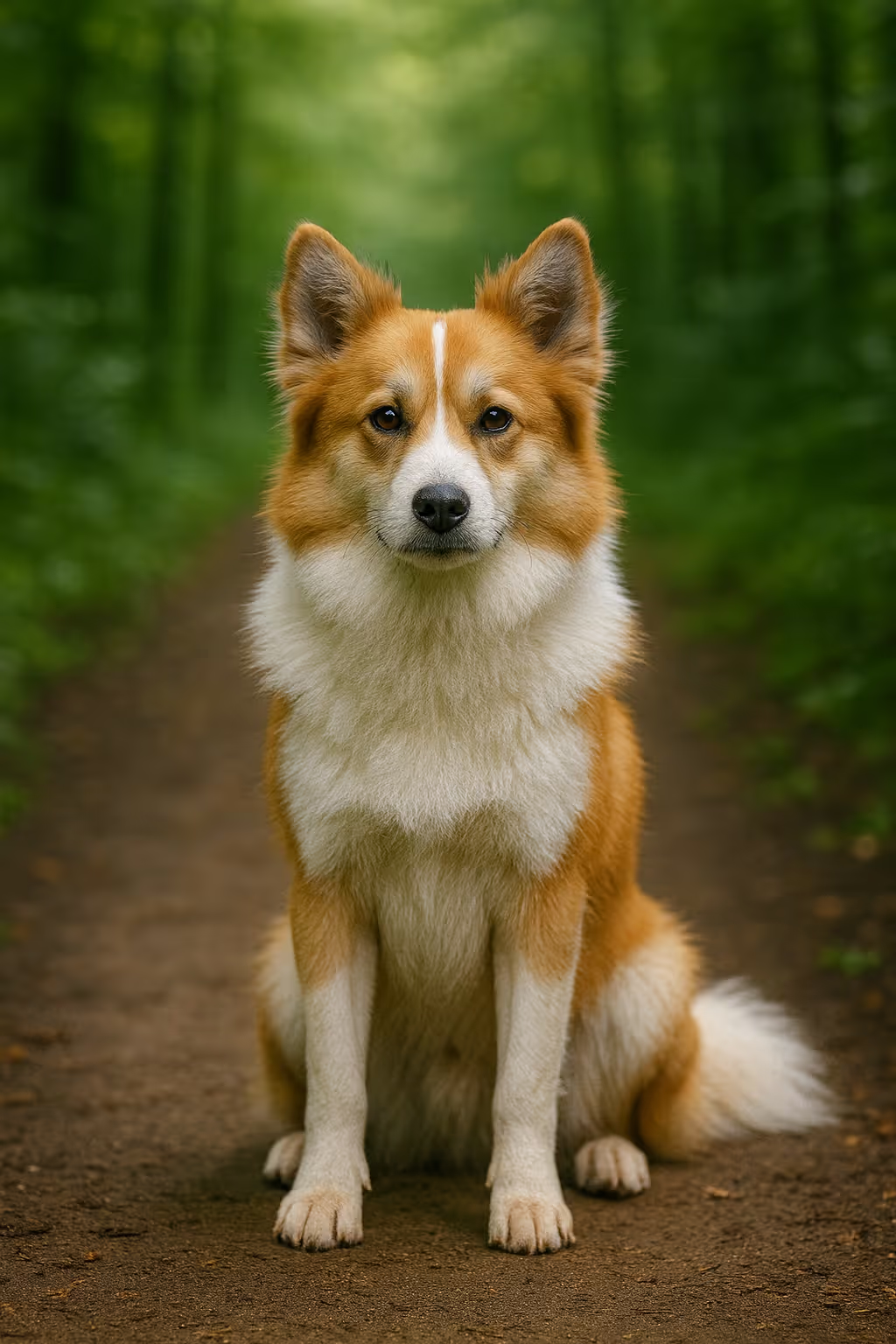The Icelandic Sheepdog is a cheerful Nordic herder—social, vocal, and always ready to work. Great for active families who want a friendly, trainable spitz that thrives on outdoor life and daily engagement.

Brought to Iceland by Viking settlers over 1,000 years ago, the Icelandic Sheepdog developed as a versatile farm and herding assistant—moving sheep over rugged terrain and alerting to visitors. Near extinction in the 20th century, dedicated fanciers revived the breed; it is now recognized by major registries while remaining relatively rare.
Well-balanced with hallmark breed features.
Seasonal shedding—coat care ramps up during spring/fall blow.
High need for activity and mental work.
People‑oriented and quick—keep training positive and varied.
Balanced diet to support an active spitz physique.
Generally healthy; choose breeders who screen for hips, eyes, and patellas.
Connect with Nordic spitz clubs or consider rescue when available.
Are Icelandic Sheepdogs apartment-friendly?
With Caveats—active and vocal; daily exercise and training are key.
Do they shed?
High seasonally; regular brushing helps.
How trainable?
High—responsive and eager to please.
Good with kids?
Generally friendly and playful; supervise as with any breed.
Can they be off‑leash?
Use secure areas; herding/vocal instincts can distract.